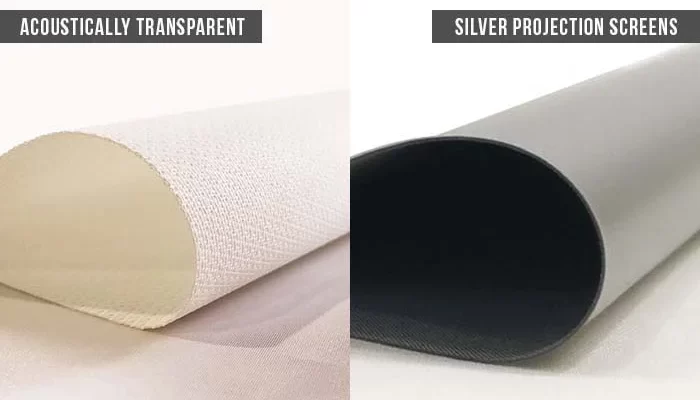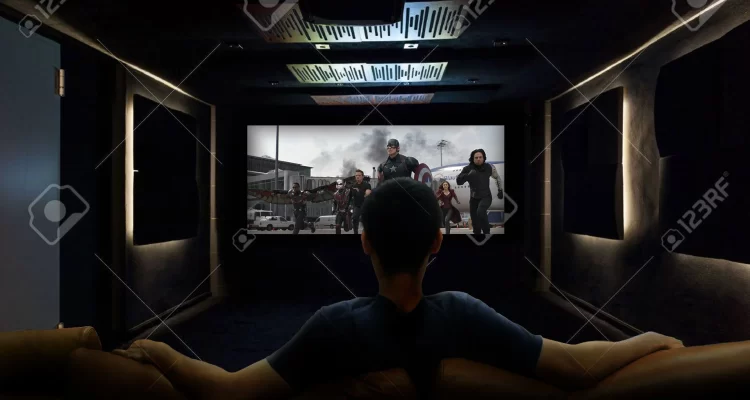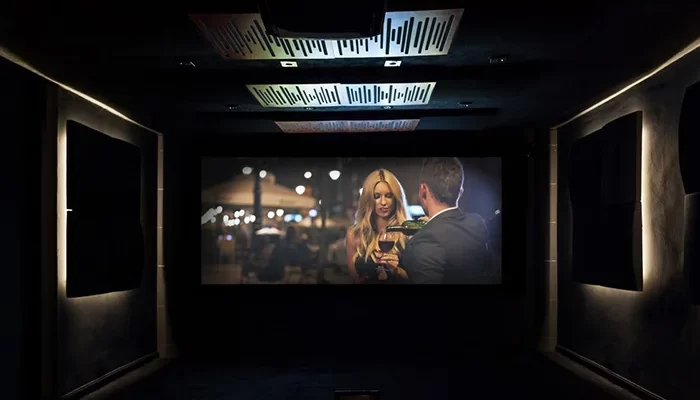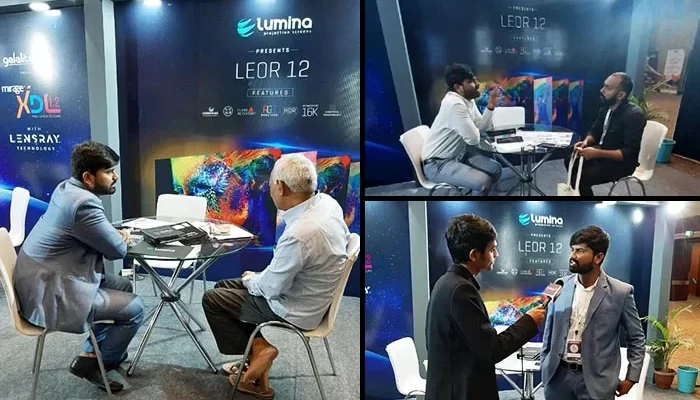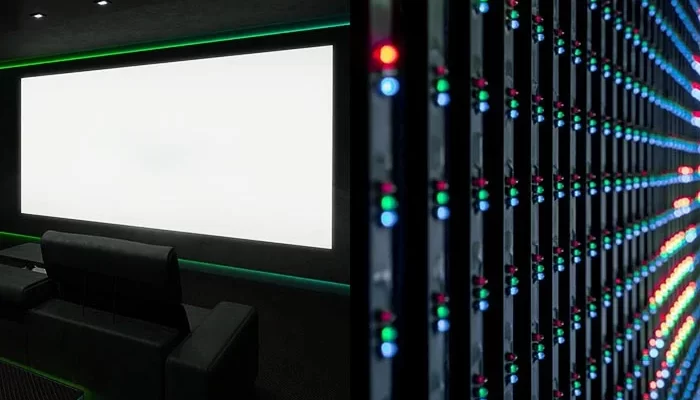HDR or SDR: What’s right for you
When comparing newer projection screens to older versions, one of the most noticeable distinctions is the general ability to read an HDR signal.
But how crucial is HDR? Is it also worth upgrading?
The difference between the two, unlike the jump from 1080p to 4K, has nothing to do with the surroundings in which it is viewed.
The picture quality of the projection screen itself is the most important factor, as HDR is a new, more exact way of describing what the projection screen needs to display.
On HDR
High Dynamic Range is referred to as HDR. Although the phrase has been around for a while, today’s discussions on HDR video are solely focused on metadata. So what is metadata, exactly?
Simply said, HDR metadata is extra data that is supplied along with the video stream and instructs the TV on how to show the material appropriately. A variety of standards, including HDR10, HDR10+, and Dolby Vision, are then used to disseminate metadata.
HDR vs SDR
Hyper-realistic, lifelike image quality is possible with HDR because of its larger file size support, richer colour information, and exposure.
You need large storage space and quicker internet access for HDR material to be supported.
As for exposure, colour, and detail levels, different games support differing levels of HDR. The dark levels on a projection screen are increased due to HDR’s improved dynamic range, exposure, colour, and brightness.
Whereas SDR still adheres to an antiquated colour standard that uses the Rec 709 colour gamut, a narrower and less-inclusive colour gamut that offers a constrained dynamic range.
colours are significantly subdued on the SDR projection screen due to decreased brightness and an underexposure contrast level.
Colour Depth
Colour depth, like colour gamut, refers to the range of colours that a projection screen can display. It might be difficult to understand how the two vary.
While colour depth refers to the total number of colours the projection screen can display within its colour palette, colour gamut relates to the saturation level that it can display.
A screen’s inability to appropriately show an apple’s red due to a limited colour gamut or colour depth would result in an uneven and step-like appearance of the apple’s red gradients.
Gradients are primarily impacted by colour depth since a display with a lower bit depth must distribute it across a much smaller number of steps.
Dynamic Range
The signal’s dynamic range is the final factor to evaluate. HDR projection will make a major impact in this instance. To display highlights that are realistic, HDR content makes use of their enhanced brightness capabilities.
A TV with a small dynamic range can only show highlights while stifling the dark parts, and the opposite is true. More of both may be shown simultaneously on a projection screen with a larger dynamic range.
The factors that affect this the most include peak brightness, contrast, and tone mapping quality.
In conclusion-
HDR is perhaps one of the most significant advancements in recent projection panels. The high-end projection screen is now brighter and capable of displaying much broader colour gamuts than ever before thanks to recent advancements in technology.
Sending an HDR signal to mid-range displays won’t provide you any visual benefit because any image quality improvements are dependent on the set’s capabilities. Premium models profit significantly.
And is it worth upgrading?
Unlike the upgrade from 1080p to 4K, the difference between the two has little to do with the environment it is viewed in.
The biggest factor is the picture quality of the projection screen itself since HDR is a new, more precise way to describe what the projection screen needs to display.
About HDR
HDR stands for High Dynamic Range. The term has been used for a long time now, but nowadays when talking about HDR video, it is entirely about metadata. Well, what is metadata then? HDR metadata is simply additional information sent with the video signal, that tells the TV how to display the content properly. Metadata is then distributed, through one of many different standards, including HDR10, HDR10+, and Dolby Vision.
HDR vs SDR
HDR supports bigger file size, gives more color information and exposure where you can have hyper-realistic life-like image quality. For HDR content to support, you require a big storage size and faster internet connectivity. Different games support different levels of HDR like various exposure, color, and details. HDR enhances better dynamic range, exposure, color, and vibrancy boosting the black levels on a projection screen.
Whereas SDR still supports an old color standard that relies on Rec 709 color gamut, which is an outdated standard that provides limited dynamic range and a smaller color gamut. The colors on the SDR projection screen looks slightly muted with lower brightness and underexposure contrast level.
Colour Depth
Much like color gamut, color depth refers to the different colors a projection screen can display. The difference between the two can be a bit confusing. Color gamut refers to the level of saturation the projection screen can display, while color depth refers to the number of colors the screen is capable of showing within that palette. A limited color gamut would stop a screen from displaying the red of an apple accurately, while a limitation in color depth would make the red gradients on that apple look uneven and with visible steps.
Color depth affects gradients the most: a display with a lower bit depth will have to spread it over a far smaller amount of steps. A limited bit depth can lead to blockiness and uneven gradients, which is often the case on the SDR projection screen.
Dynamic Range
Finally, we take a look at the dynamic range. This is where the HDR projection screen will show the biggest difference. HDR content makes use of their higher brightness capabilities to show life-like highlights. When a TV has a limited dynamic range, it can only display highlights while crushing the dark elements and vice versa. A projection screen with a higher dynamic range is capable of displaying more of both at the same time. Peak brightness, contrast as well as the quality of the tone mapping have the biggest impact on this aspect.
Conclusion
In the grand scheme of things, HDR is arguably one of the greatest improvements in recent projection screens. As technology has improved in recent years, the high-end projection screen is getting much brighter and can display much wider color gamuts than ever before. You won’t gain much visually from having an HDR signal sent to mid-range screens since any picture quality enhancements are reliant on the capabilities of the set itself. High-end models see a significant benefit.

